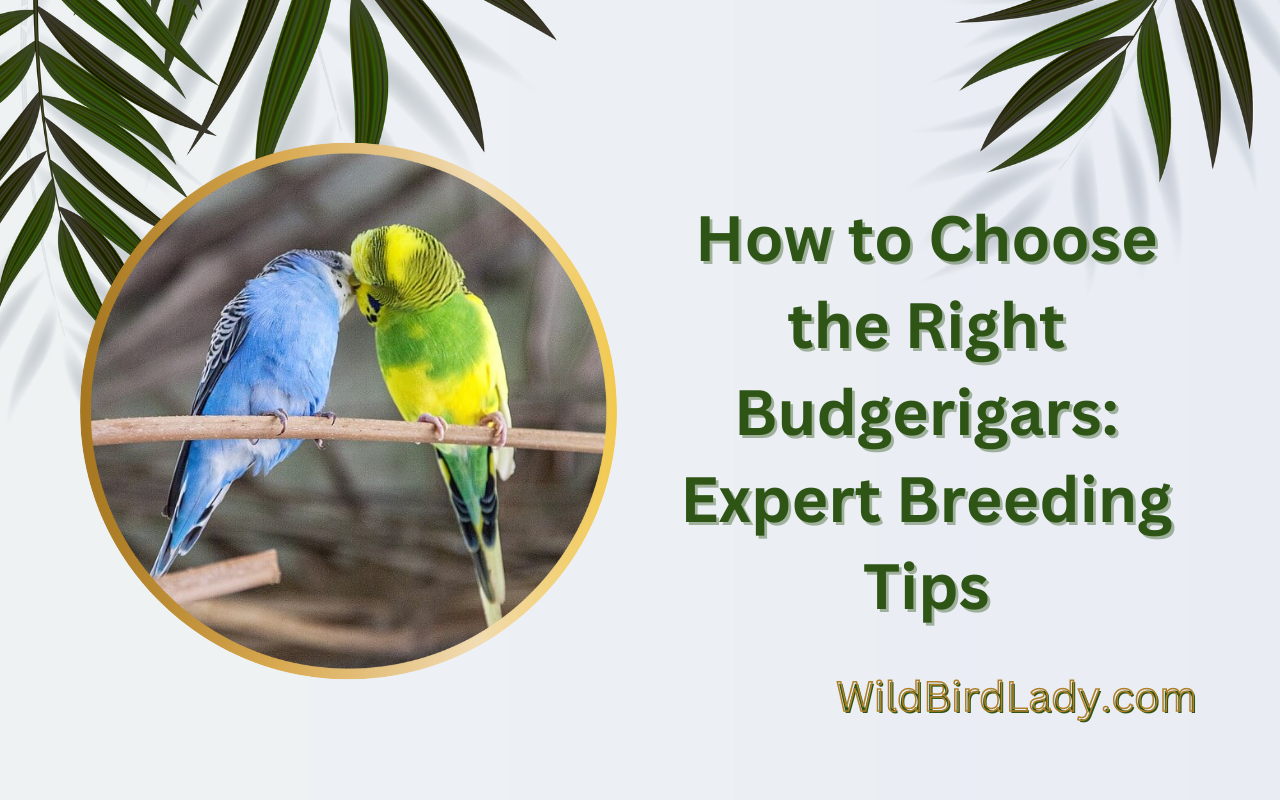Attention, bird lovers and budding breeders!
Are you ready to unlock the secrets of finding the perfect feathered friend?
Look no further than our article, “How to Choose the Right Budgerigars: Expert Breeding Tips”
Whether you’re a seasoned breeder or a first-time bird parent, we’ve got you covered with invaluable advice to help you navigate the colorful world of budgerigars. From chirpy anecdotes to expert tips, this guide is your ticket to budgie brilliance.
So, perch yourself comfortably and prepare to embark on a journey of avian enlightenment!
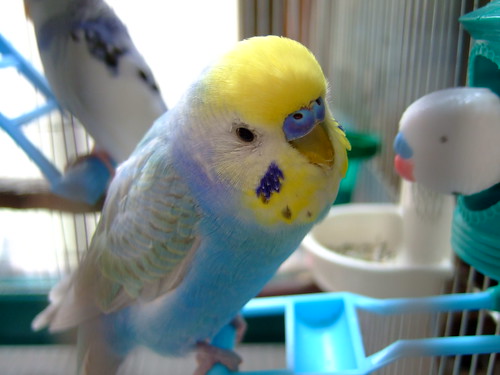
Understanding Genetic Diversity In Budgerigars
Breeding budgerigars is a rewarding experience, but it requires knowledge and understanding of genetic diversity. Genetic diversity refers to the variety of genes found within a specific species, and it plays a critical role in breeding healthy and genetically sound budgerigars.
Below are some key points to keep in mind when choosing budgerigars for breeding.
Discuss The Concept Of Genetic Diversity And Its Importance In Breeding
- Genetic diversity is crucial in maintaining the health and vigor of a species. It allows for a greater range of traits and variations, which can help the species adapt to changing environments and resist diseases.
- In breeding, genetic diversity helps to ensure that offspring are healthy and have a strong immune system. It also helps to prevent inbreeding depression, which can occur when closely related birds are bred together.
- In addition, genetic diversity can lead to a more aesthetically pleasing and diverse selection of budgerigars, with unique color mutations and patterns.
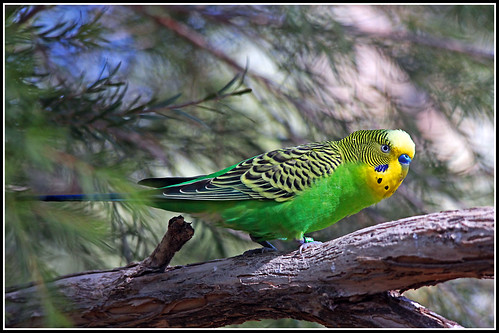
Explain The Different Types Of Genetic Mutations That Can Occur In Budgerigars
- Budgerigars can have a variety of genetic mutations that affect their appearance and behavior. These mutations can occur naturally or be selectively bred for.
- Some common mutations include:
- Spangle: A pattern where a bird’s feathers have white or yellow edges
- Opaline: A mutation that affects the distribution of colors in a bird’s feathers, creating a more muted appearance
- Lutino: A color mutation that results in yellow feathers, red eyes, and a pink beak
- Albino: A rare mutation that results in completely white feathers, red eyes, and a pink beak
- When breeding budgerigars, it is important to consider these mutations and select birds with desirable traits, while also ensuring genetic diversity.
Highlight The Importance Of Not Breeding Closely Related Budgerigars
- Breeding closely related birds can lead to inbreeding depression, which can result in weaker immune systems, lower fertility, and increased risk of genetic disorders.
- It is crucial to maintain genetic diversity when breeding budgerigars to avoid these negative consequences and produce healthy and genetically sound offspring.
- Breeding budgerigars from different bloodlines and choosing birds with diverse genetic backgrounds can help to ensure genetic diversity and reduce the risk of inbreeding depression.
Overall, understanding genetic diversity and its importance in breeding budgerigars is key to producing healthy and genetically sound birds. By selecting birds with diverse genetic backgrounds, being aware of genetic mutations, and avoiding inbreeding, breeders can produce beautiful, healthy, and vibrant budgerigars.
Identifying Healthy Budgerigars For Breeding
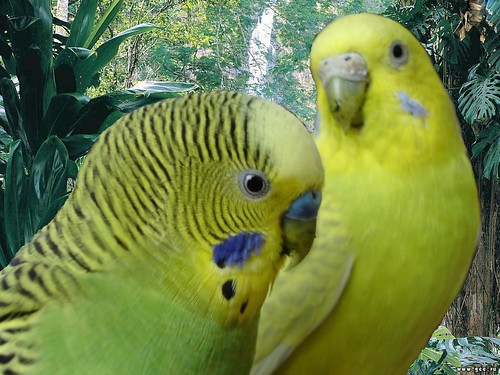
Breeding budgerigars can be a rewarding and fulfilling experience for any bird enthusiast. Whether you’re new to budgie breeding or a seasoned pro, selecting healthy budgerigars is crucial. Identifying the right birds for breeding requires careful consideration of several physical and behavioral traits.
In this section, we’ll discuss some key factors to consider when selecting healthy budgerigars for breeding.
Physical And Behavioral Characteristics Of Healthy Budgerigars
Before selecting budgerigars for breeding, it’s essential to look for those with healthy physical and behavioral characteristics.
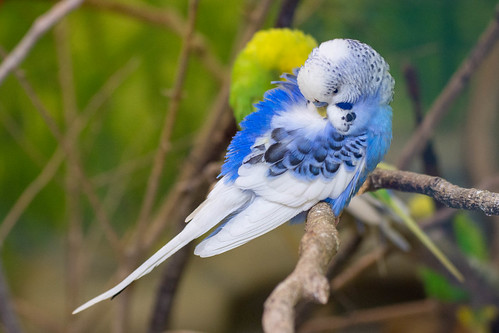
Physical characteristics
- Appropriate weight and proportions
- Smooth, shiny feathers with no bald spots
- Clear, bright eyes
- A clean vent area with no excrement build-up
- Well-curved beak and bright, uncracked nails
- Claws free of mites and lesions
- Healthy appearance and vitality
Behavioral characteristics
- Alertness and curiosity
- Calmness and lack of aggressiveness
- Normal movement and agility
- Vocalization and chirping behavior
- Conformity to the flock dynamics
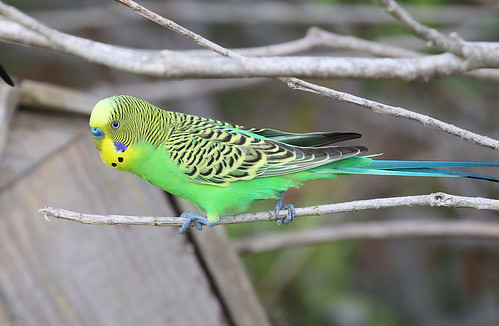
Explain The Importance Of Selecting Budgerigars That Are Free Of Genetic Disorders And Diseases
Selecting a genetically healthy budgerigar is crucial for successful breeding. By choosing birds with healthy genes, you can prevent offspring from inheriting disorders that may limit their lifespan or cause other health complications.
- Feather abnormalities
- Faulty beak structure
- Liver malfunction
- Tumors and cysts
- Heart conditions
- Kidney disease
- Abnormal growths and mutations
- Respiratory disorders
Highlight The Importance Of Conducting Regular Health Check-Ups On Your Budgerigars
Conducting regular check-ups on your budgerigars is crucial to maintain their health and vitality. Early detection of diseases and infections can save your birds’ lives.
- Check the crop and abdomen for signs of abnormal bulging
- Check wings, tail feathers, and vents for signs of feather lice or mites
- Observe behavior and check eyes, nose, and long bones for deformities
- Check the bird’s feet for bumblefoot, scaly feet, or any other signs of infections
- Observe birds’ breathing rate and check for any unusual sounds
- Monitor the fecal material for signs of abnormality
By following these guidelines, you can ensure that you only select healthy budgerigars for breeding. Remember to conduct regular check-ups to maintain their health and vitality. Happy breeding!
Selecting Budgerigars With Desirable Traits
Discuss The Desirable Physical And Behavioral Traits In Budgerigars For Breeding
Budgerigars, commonly known as budgies, are intelligent and friendly birds. If you’re planning to breed them, it’s essential to select budgies with desirable physical and behavioral traits.
- Good health: It’s crucial to select physically healthy birds with bright eyes, clean feathers, and strong legs.
- Size and shape: Choose budgies that have a large head in proportion to their body, a well-rounded chest, and a broad back. They should also have smooth feathers with vibrant colors.
- Temperament: It’s ideal to choose birds that are attached to humans, interactive, and don’t mind being held.
- Age: Younger budgies tend to be easier to tame and train than older birds, and they are healthier in general.
Explain How To Identify And Evaluate These Traits In Budgerigars
To know what to look for in budgies, it’s essential to observe them carefully, including their physical features and behavior:
- Physical observation – look for the following:
- Check their feathers and plumes, which should be soft, shiny, and evenly distributed.
- Check the eyes, which should be bright and clear.
- Observe the bird’s size and shape.
- Check for any physical abnormalities that could impact the bird’s quality of life.
- Behavioral observation – watch for the following:
- Look at the bird’s behavior – it should be active and curious.
- Observe the bird’s interactions with others and interest level in activities.
- Pay attention to how the bird reacts to new people and environments.
Highlight The Importance Of Selecting Budgerigars With Traits That Complement Each Other
It’s crucial to choose budgies with traits that complement each other. So once you’ve found birds with desirable traits, you should ensure that they make a good pairing.
- Picking the right combination – it’s essential to select budgies with complementary traits, such as physical appearance, health, and good temperament.
- Breeding compatibility – choosing pairs with complementary traits results in healthy offspring that are physically sound and have excellent behavior.
- Better chances of survival – healthier birds are more likely to have better hatch rates and a higher survival rate for breeding.
Selecting budgerigars with desirable traits is the key to successful breeding programs. By focusing on their physical traits, behavior, and compatibility, you can create a healthy and vibrant flock of budgies.
Breeding Budgerigars: Tips And Best Practices
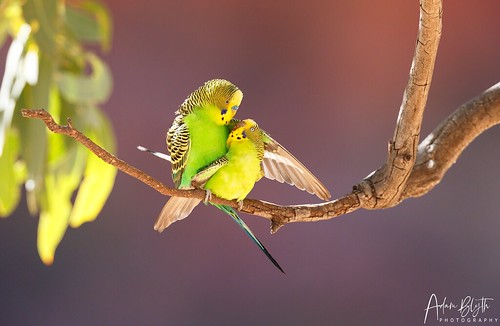
Breeding budgerigars can be a rewarding and exciting experience, but it also requires commitment and the right practices. Here are some tips and best practices for breeding healthy and genetically diverse budgerigars.
Best Practices For Breeding Healthy And Genetically Diverse Budgerigars
Breeding healthy budgerigars is essential to the success of any breeding program.
- Start by selecting healthy budgerigars for breeding, those with no history of genetic diseases or defects.
- Keep track of the breeding history of each bird to avoid inbreeding and maintain genetic diversity.
- Pair birds based on their genetic makeup and not just their appearance. This will help reduce the likelihood of genetic defects.
- Avoid breeding birds that are too closely related to each other or have the same ancestors to prevent inbreeding.
Healthy And Conducive Breeding Environment
A healthy breeding environment plays a crucial role in ensuring the success of a breeding program.
- Maintain proper hygiene, ensuring that the breeding area is clean and disinfected regularly.
- Provide ample space for the birds to move and fly around freely within their aviary.
- Ensure proper ventilation and air circulation in the breeding area to prevent the spread of diseases.
- Keep the temperature and humidity levels within the optimal range for budgerigars.
- Provide a balanced and nutritious diet to the breeding pairs to improve their overall health.
Manage Breeding Pairs And Monitor Breeding Progress
Proper management of breeding pairs and monitoring of breeding progress are critical to the success of any breeding program.
- Pair budgerigars that are at least 12 months old and in prime breeding condition.
- Monitor the breeding pairs’ progress, observing their behavior closely, and track the number of eggs laid, fertilized, and hatched.
- Remove infertile eggs and dispose of them immediately to prevent the spread of bacteria and fungal infections.
- Use a breeding log to track the breeding pairs’ history and progress, making it easier to select the best pairs for future breeding.
- Separate the chicks from their parents once they are old enough, to prevent any aggression and ensure proper development.
By following these best practices, you can ensure the success of your budgerigar breeding program and maintain a healthy and genetically diverse flock.
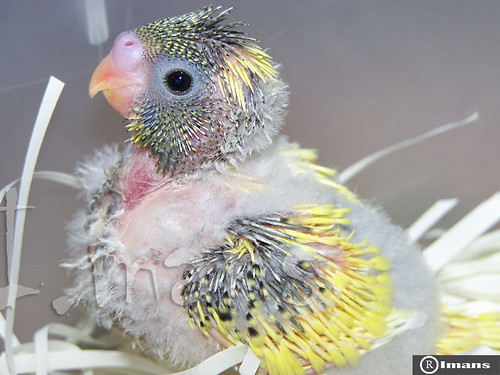
Frequently Asked Questions For How To Choose The Right Budgerigars For Breeding
What Are The Best Characteristics To Look For In Budgerigars For Breeding?
Choose budgerigars with good health, vibrant colors, and a strong build. Look for birds with a good temperament and no signs of aggression.
Can You Breed Two Male Or Two Female Budgerigars?
No, you cannot breed two male or two female budgerigars as they require opposite sexes for reproduction.
How Do You Determine The Age Of A Budgerigar For Breeding?
Determine the age of a budgerigar by looking at its cere color. Younger birds have a pink or purple cere, while older birds have a brown or tan cere.
What Is The Best Nesting Box Size For Budgerigar Breeding?
The ideal nesting box size for budgerigar breeding is 12 inches long, 6 inches wide, and 6 inches tall. The box should have a concave bottom to prevent eggs from rolling out.
How Many Eggs Do Budgerigars Usually Lay In A Clutch?
Budgerigars typically lay 4 to 8 eggs in a clutch but can lay up to 10. The eggs will hatch in about 18 to 21 days.
Key Takeaway
Selecting the right budgerigars for breeding can be a challenging task, but with the right knowledge and guidance, it can be a rewarding experience. Remember to consider factors such as genetics, age, health, and temperament before making any breeding decisions. Finding compatible pairs based on these factors can increase the likelihood of producing healthy and strong offspring. As with any breeding process, it is essential to have a thorough breeding plan in place and to always prioritize the welfare of your birds.
By following these tips and taking the necessary steps, you can ensure that your budgerigar breeding process is successful, enjoyable, and enriching for everyone involved. The ultimate goal is to produce beautiful, healthy, and happy budgerigars that will bring joy and companionship to their future homes. So, dive into the world of budgie breeding armed with knowledge and passion, and let the journey begin!
Latest Posts
The Ultimate List: Top 8 Best Birdwatching Podcasts for Avid Birders
Looking for the top birdwatching podcasts? Here are the eight best options to tune into today! Birdwatching can be a thrilling, immersive experience that brings...
Stop Squirrels in Their Tracks: 10 Effective Ways to Safeguard Your Bird Feeder Pole
To prevent squirrels from climbing your bird feeder pole, use squirrel baffles and slippery poles. Here are ten effective ways to keep squirrels from stealing bird food and damaging bird feeders. ...

